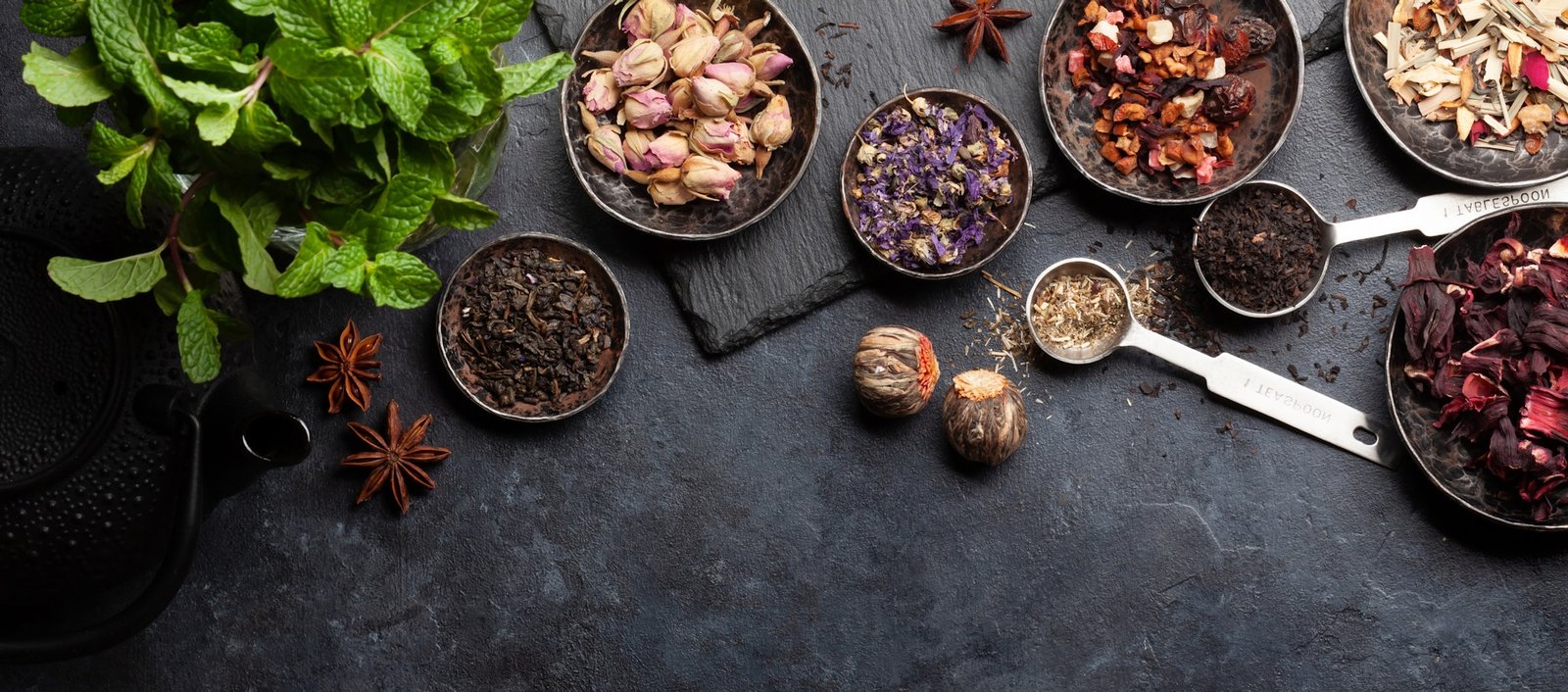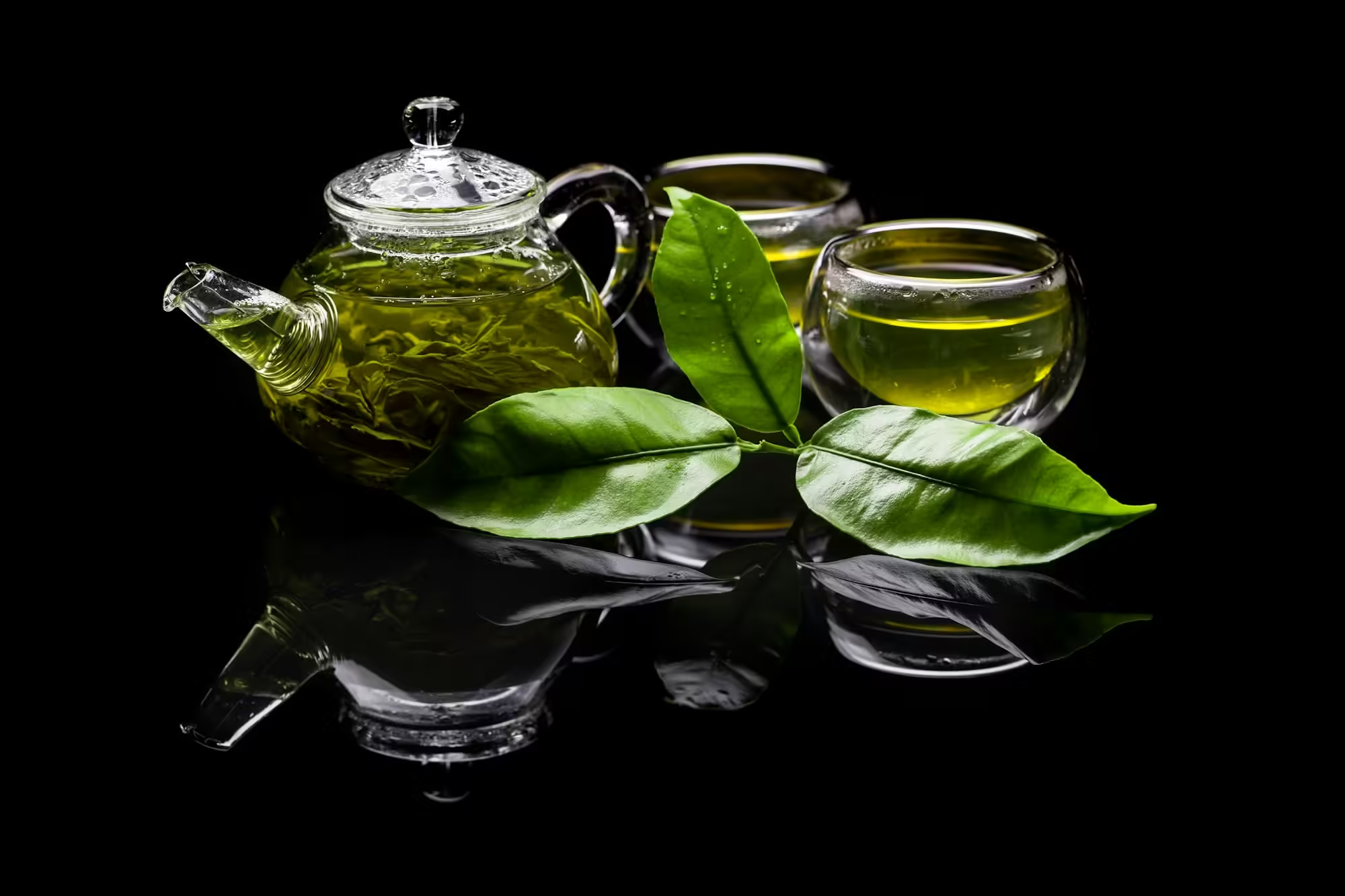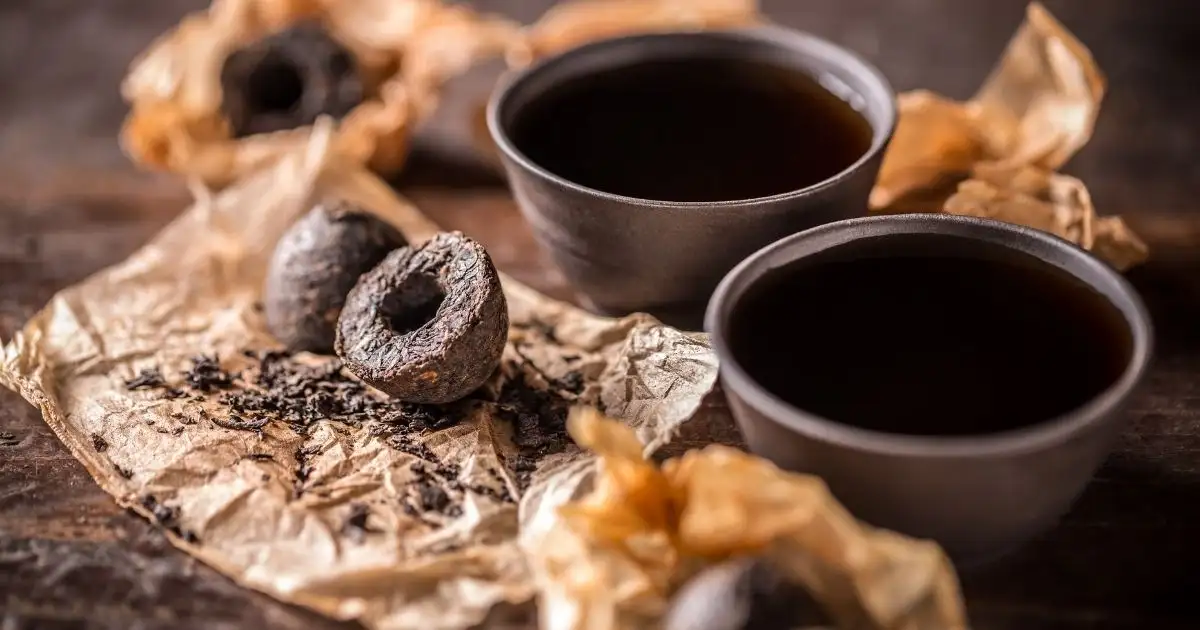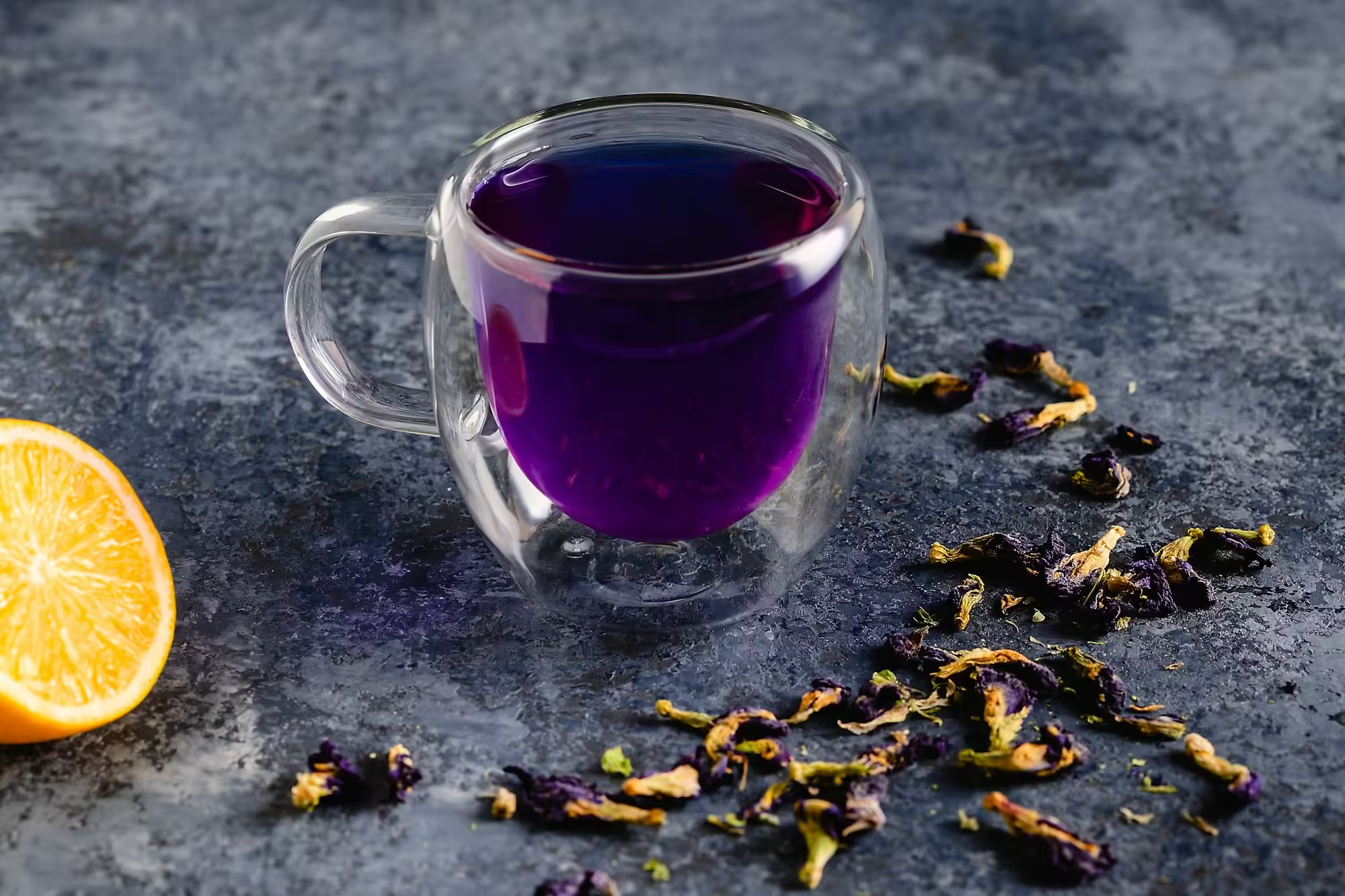
The Ultimate Guide to 10 Tea Categories
The Ultimate Guide to Tea Categories: Exploring Varieties, Flavors, and Health Benefits. Tea, a beverage steeped in history and culture, offers a diverse array of categories that cater to every […]
 play_arrow
play_arrow
The Ultimate Guide to Tea Brewing Mr. Tea Talk
 play_arrow
play_arrow
A Comprehensive Review of 3 Must-Have Tea Products on Amazon Mr. Tea Talk
 play_arrow
play_arrow
The Ultimate Guide to the Best Tea Essentials on Amazon: Kettles and Teapots You’ll Love Mr. Tea Talk
 play_arrow
play_arrow
The Best Teapots for Tea Lovers: Silver vs. Borosilicate Glass Mr. Tea Talk

 play_arrow
play_arrow
Green Tea: A Complete Guide Mr. Tea Talk
Green tea is more than just a beverage; it’s a cultural phenomenon, a staple of wellness practices, and a delightful journey into the world of flavor and tradition. From its ancient origins to its contemporary popularity, green tea offers a unique blend of history, health benefits, and a variety of flavors that cater to every palate. In this comprehensive guide, we will delve into the fascinating world of green tea, exploring its origins, health benefits, types, brewing techniques, and much more. Whether you’re a seasoned tea connoisseur or a curious beginner, this guide will provide you with everything you need to know about green tea.
Green tea’s history dates back over 5,000 years to ancient China, where it was first consumed for its medicinal properties. Legend has it that Emperor Shen Nong discovered green tea when a few leaves from a nearby tea tree blew into his pot of boiling water. Intrigued by the pleasant aroma and taste, he began to study its effects, and thus, green tea was born.
From China, green tea spread to Japan, where it became an integral part of Japanese culture. The Japanese tea ceremony, known as Chanoyu, celebrates the art of tea preparation and consumption, emphasizing mindfulness and respect. Today, green tea is enjoyed worldwide, from Asia to Europe and the Americas, each region adding its unique twist to this ancient beverage.
Green tea is renowned for its numerous health benefits, making it a favorite among health enthusiasts. Here are some of the most notable advantages:
Green tea is packed with antioxidants, particularly catechins, which help combat oxidative stress and reduce the risk of chronic diseases.
Studies have shown that green tea can boost metabolic rate and increase fat burning, making it a popular choice for those looking to shed a few pounds.
Green tea contains caffeine and the amino acid L-theanine, which together can improve brain function, enhance mood, and increase alertness without the jittery effects of coffee.
Regular consumption of green tea has been linked to improved cardiovascular health, including reduced cholesterol levels and lower blood pressure.
The polyphenols in green tea have antibacterial and antiviral properties, helping to boost the immune system and protect against infections.
Green tea comes in various forms, each with its unique characteristics and flavor profiles. Here are some of the most popular types:
Sencha is the most common type of green tea in Japan, characterized by its bright green color and fresh, grassy flavor. It is typically steamed and rolled into needle-like shapes.
Matcha is a finely ground powder made from shade-grown tea leaves. It is known for its vibrant green color and rich, umami flavor. Matcha is often used in traditional Japanese tea ceremonies and has gained popularity worldwide for its health benefits.
Gyokuro is a high-quality Japanese green tea that is shade-grown for several weeks before harvest. This process enhances the tea’s sweetness and umami flavor, resulting in a smooth, rich taste.
Dragon Well, or Longjing, is a famous Chinese green tea known for its flat, sword-shaped leaves and delicate, chestnut-like flavor. It is often hand-roasted to bring out its unique taste.
Gunpowder green tea is rolled into small, tight pellets that resemble gunpowder. It has a bold, slightly smoky flavor and is often used in Moroccan mint tea.
Brewing green tea is an art that requires attention to detail to achieve the perfect cup. Here are some essential tips for brewing green tea:
The quality of water is crucial for brewing green tea. Use fresh, filtered water to avoid any impurities that could affect the flavor.
Green tea is best brewed at a lower temperature than black or oolong tea. The ideal temperature is between 160°F to 180°F (70°C to 80°C). Boiling water can scorch the delicate leaves, resulting in a bitter taste.
The steeping time for green tea varies depending on the type and personal preference. Generally, green tea should be steeped for 1 to 3 minutes. Overstepping can lead to bitterness.
A good starting point is to use 1 teaspoon of loose leaf green tea per 8-ounce cup of water. Adjust the amount according to your taste preference.
Flavored green teas are blended with various fruits, flowers, and herbs to create unique and exciting flavors. Popular options include jasmine green tea, mint green tea, and citrus green tea.
Organic green teas are grown without the use of synthetic pesticides or fertilizers, making them a healthier and more environmentally friendly choice.
For those sensitive to caffeine, decaffeinated green teas offer the same health benefits without the stimulating effects. The decaffeination process retains most of the antioxidants and flavor.
Green tea is more than just a refreshing beverage; it holds a deep cultural significance in many parts of the world. Its role extends beyond mere consumption, reflecting historical traditions, social rituals, and spiritual practices. Here’s an expanded look at the cultural significance of green tea in China, Japan, Korea, and beyond.
In China, the birthplace of green tea, this beverage has been an integral part of daily life and culture for thousands of years. Green tea is traditionally served to guests as a symbol of respect and hospitality. The Chinese tea ceremony, known as Gongfu Cha, involves a meticulous process of brewing and serving tea that highlights the elegance and artistry of tea preparation. This ceremony is not just about drinking tea; it’s about appreciating the beauty of the tea leaves, the craftsmanship of the teapot, and the skill of the tea master.
Green tea is also deeply embedded in Chinese medicine. Traditional Chinese Medicine (TCM) has long recognized green tea for its health benefits, using it to treat various ailments and to promote overall well-being. The reverence for green tea is evident in classical Chinese literature and art, where tea often symbolizes refinement, wisdom, and inner peace.
In Japan, green tea is much more than a beverage—it’s a spiritual experience. The Japanese tea ceremony, or Chanoyu, is a highly ritualized practice that emphasizes the principles of harmony (wa), respect (kei), purity (sei), and tranquility (jaku). This ceremony involves the careful preparation and consumption of matcha, a powdered green tea, and is often conducted in a serene tea room designed to foster a sense of calm and mindfulness.
The tea ceremony has its roots in Zen Buddhism, where it was used as a meditative practice to promote mindfulness and spiritual awakening. The tools used in the ceremony, such as the tea bowl (chawan), tea whisk (chasen), and tea scoop (chashaku), are carefully selected for their aesthetic qualities and historical significance.
The Japanese tea ceremony is also a social art form, bringing people together to share a moment of tranquility and introspection. It reflects the Japanese cultural values of simplicity, elegance, and the appreciation of the fleeting nature of life, encapsulated in the concept of “wabi-sabi” (beauty in imperfection).
In Korea, green tea, known as nokcha, is celebrated both for its health benefits and its cultural importance. The Korean tea ceremony, or Darye, is less formal than its Japanese counterpart but is still a meaningful ritual that emphasizes relaxation and the enjoyment of tea. The ceremony typically involves brewing loose-leaf green tea in a simple teapot and serving it in small cups.
Darye is often practiced during important holidays and family gatherings, symbolizing respect for tradition and the importance of social bonds. Korean green tea culture also incorporates elements of Confucianism, focusing on the moral and ethical aspects of tea drinking, such as filial piety and respect for elders.
In modern Korea, green tea is also a popular ingredient in various culinary dishes and skincare products, reflecting its integration into both traditional and contemporary lifestyles.
In recent years, green tea has gained immense popularity in Western countries, where it is celebrated for its numerous health benefits and its role in promoting wellness. While Western cultures do not have the same historical and ritualistic connection to green tea as in Asia, the beverage has found a place in the modern wellness movement.
Green tea is often associated with health-conscious lifestyles, being featured in everything from smoothies and lattes to dietary supplements and skincare products. The rise of specialty tea shops and cafes has introduced many Western consumers to the rich variety of green teas, from the delicate flavors of Sencha to the robust notes of Matcha.
In the West, green tea is also appreciated for its calming properties, making it a popular choice for those seeking a natural way to reduce stress and enhance relaxation. This modern appreciation for green tea reflects a growing awareness of the benefits of ancient practices and the integration of these traditions into contemporary life.
The cultural significance of green tea is vast and multifaceted, spanning centuries and continents. In China, it is a symbol of hospitality and elegance; in Japan, it is a spiritual journey; in Korea, it blends ritual with modernity; and in the West, it is embraced as a cornerstone of wellness and lifestyle. Understanding the cultural contexts of green tea enriches our appreciation of this ancient beverage, allowing us to connect more deeply with its history, traditions, and the simple pleasure it brings to our daily lives. Whether enjoyed as part of a formal ceremony or a casual cup at home, green tea continues to be a source of comfort, health, and cultural connection.
Green tea is not only a delightful beverage but also a versatile ingredient in the culinary world. From savory dishes to sweet treats, green tea adds a unique flavor and a touch of elegance to various recipes.
Green tea ice cream, or matcha ice cream, is a popular dessert in Japan and beyond. Its creamy texture and distinct flavor make it a refreshing treat on a hot day.
Adding a teaspoon of matcha to your smoothie can boost its nutritional value and provide a subtle, earthy flavor. Combine matcha with fruits, yogurt, and a touch of honey for a delicious and healthy drink.
Green tea lattes, made with steamed milk and matcha powder, are a popular alternative to coffee. They offer a creamy, slightly sweet flavor and are often topped with frothy milk art.
Green tea’s antioxidant and anti-inflammatory properties make it a popular ingredient in skincare products. From cleansers to masks, green tea can help soothe the skin, reduce redness, and fight signs of aging.
Create a simple and effective face mask by mixing matcha powder with honey and yogurt. Apply the mixture to your face, leave it on for 15-20 minutes, and rinse off with warm water for a refreshed and glowing complexion.
As the global demand for green tea continues to rise, the importance of sustainable and ethical farming practices has become increasingly paramount. The cultivation of green tea, when done responsibly, not only ensures the long-term health of the environment but also supports the livelihoods of farmers and their communities. Here’s a deeper look into the various aspects of green tea sustainability, including the challenges, practices, and the benefits of supporting sustainable tea production.
Green tea cultivation faces several environmental challenges, including:
To address these challenges, many tea producers are adopting sustainable farming practices. Some key practices include:
Certifications play a crucial role in promoting sustainability in the tea industry. Some of the most recognized certifications include:
By choosing green tea from reputable sources that prioritize sustainability, consumers can contribute to a more sustainable and ethical tea industry. The benefits include:
Sustainability in green tea production is not just an option; it is a necessity for the long-term health of our planet and the well-being of tea farming communities. By understanding the challenges and supporting sustainable farming practices, consumers can play a vital role in promoting a more sustainable and ethical tea industry. When you choose sustainably produced green tea, you are not only enjoying a delicious and healthy beverage but also contributing to a better future for both people and the environment. So, next time you sip your cup of green tea, take a moment to appreciate the efforts behind its production and the positive impact it can have on our world.
Green tea is a timeless beverage that offers a wealth of benefits, from its rich history and cultural significance to its numerous health advantages and versatile uses. Whether you enjoy it for its delicate flavors, health benefits, or culinary potential, green tea is a remarkable addition to any lifestyle.
Understanding the various types of green tea, such as Sencha, Matcha, and Dragonwell, allows you to appreciate the diverse range of flavors and aromas that this tea can offer. Each type has its own unique characteristics, influenced by factors like the region where it is grown, the processing methods used, and the specific tea leaves selected.
Mastering the art of brewing green tea is another way to enhance your enjoyment of this ancient beverage. Proper brewing techniques, including the right water temperature and steeping time, can bring out the best in your green tea, highlighting its subtle nuances and ensuring a perfect cup every time.
Beyond just drinking, green tea’s versatility extends to its culinary and skincare applications. In the kitchen, it can be used to create delicious and healthful dishes, from refreshing smoothies and ice creams to savory marinades and baked goods. In skincare, green tea is prized for its antioxidant properties, which can help protect and rejuvenate the skin.
By incorporating green tea into your daily routine, you not only benefit from its soothing and invigorating qualities but also contribute to a healthier and more sustainable lifestyle. Supporting green tea from reputable sources that prioritize sustainable and ethical farming practices helps ensure that this precious beverage can be enjoyed for generations to come.
So, pour yourself a cup of green tea, savor its soothing aroma, and embark on a journey of discovery and wellness. Cheers to your health and happiness!
If you are interested about to know more about articles like this, please refer Tea Categories under Article page.
Tagged as: Ceylon Green Tea, Green Tea.

The Ultimate Guide to Tea Categories: Exploring Varieties, Flavors, and Health Benefits. Tea, a beverage steeped in history and culture, offers a diverse array of categories that cater to every […]


Copyright | Ceylon Wild Tea - All Rights Reserved | 2025
Post comments
This post currently has no comments.